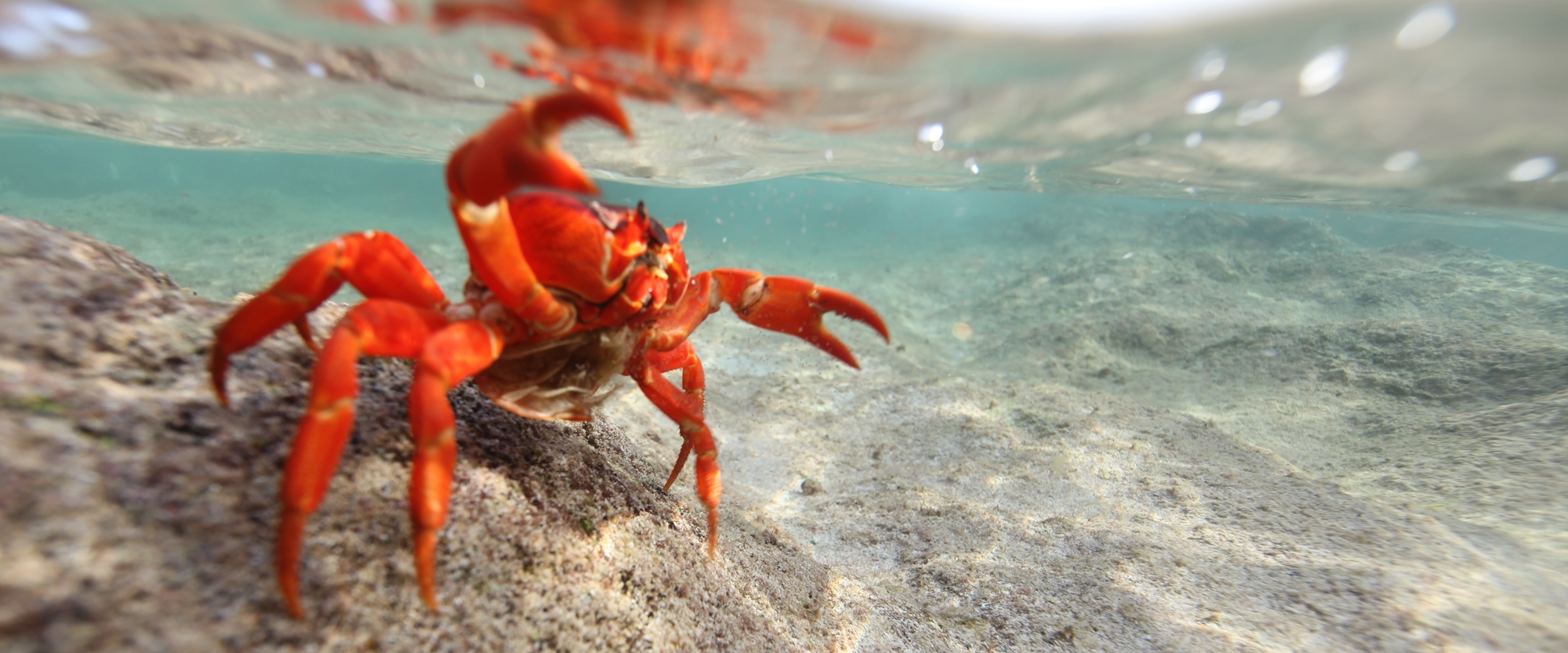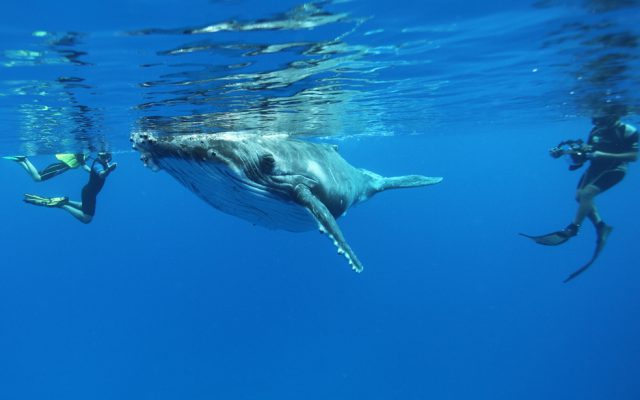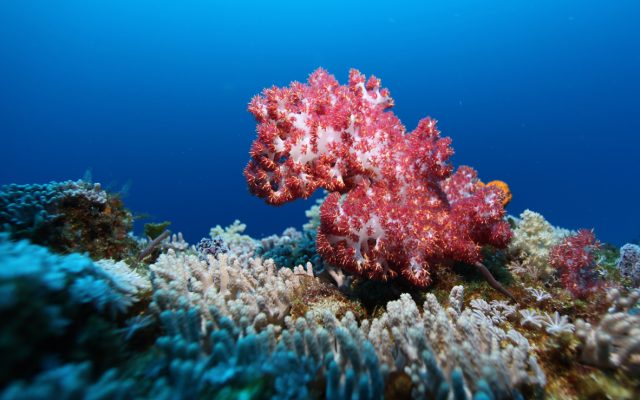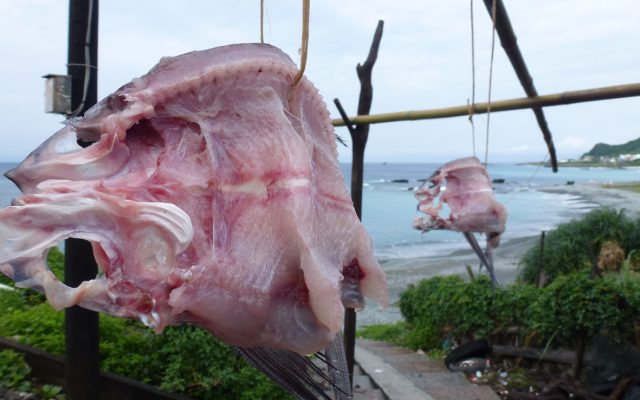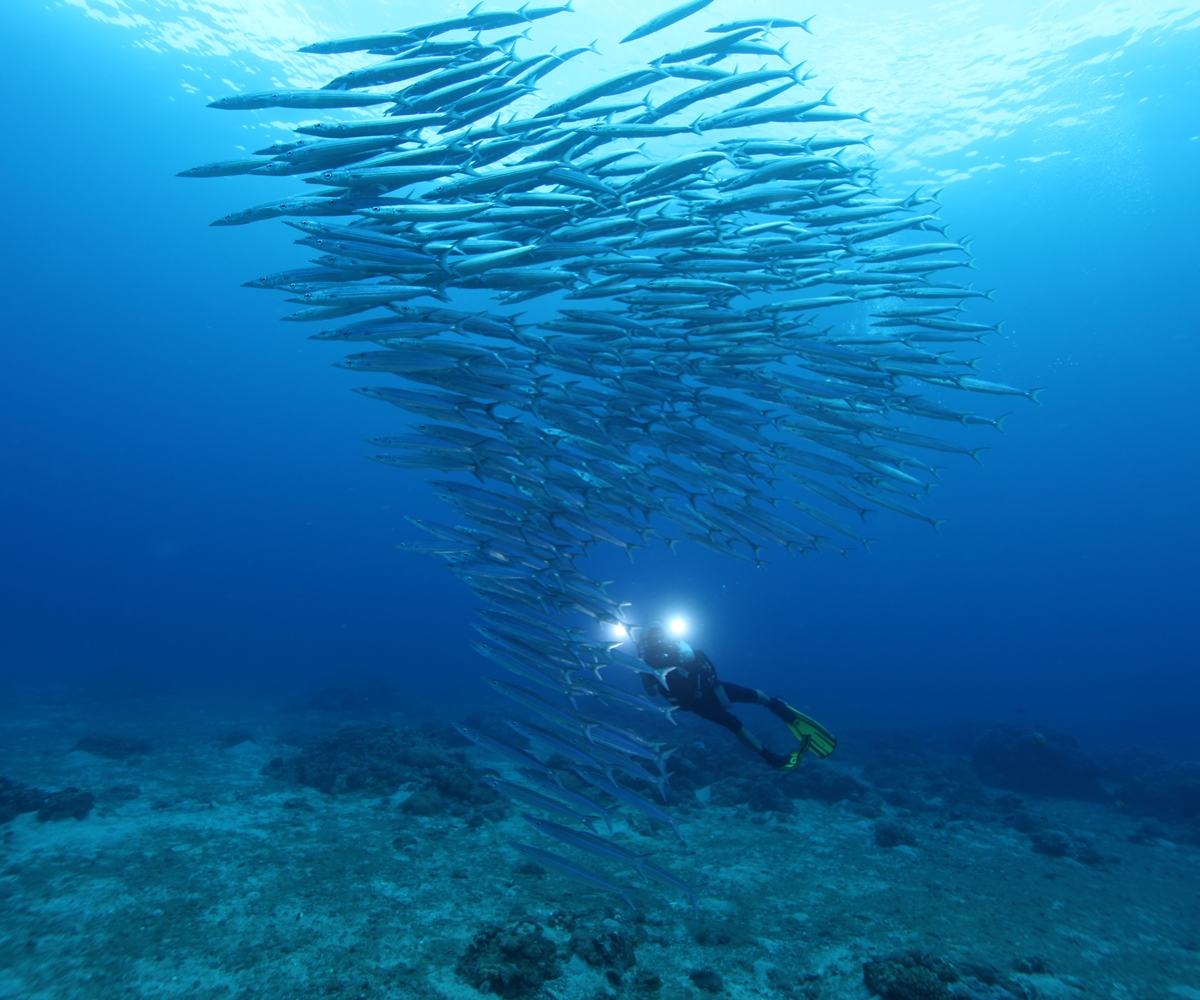[Production Background]
Since the 1980s, director Ke Chin-Yuan has been documenting Taiwan's landscape with his cameras. In the early days, he focused on recording the natural beauty and wonderful ecological environment. In the 1990s, his focus began to shift. Following the introduction of the timeline storytelling technique, he started to use fieldwork to record the environmental changes in depth.
According to the statistics on Taiwan's biological species there are more than 57,700 native species, including 13,000 marine species, and nearly 3,000 fish species, accounting for about one-tenth of the world's total. However, nearly half to two-thirds of these species have gone from being abundant and common in the past to be rare, uncommon, or even extinct today.
According to Mr. Shao Kwang-Tsao of the Biodiversity Research Center of Academia Sinica and the research data from the past 30 years, the fish population in the northern sea region decreases by half every 15 years. (Cited)
Mr. Shao Kwang-Tsao also pointed out that "Taiwan's seafood consumption is the fourth-largest in the world, consuming an estimated 300,000 kilograms of precious coral reef fish each year." As the above data shows, we are using fish resources without any control and constantly consuming and destroying the marine environment, leading to the disappearance and extinction of many species.
Director Ke Chin-Yuan recalls that the first time he targeted coral reef waters, filming the natural ecology in all directions and collecting images, was in 1993 when he participated in the production of the program Crystal Palace of Yinghai commissioned by Public Television Service. In 2000, we expanded the scope and depth of the documented area, extending from Taiwan to the South China Sea region, and completed the Memory Coral documentary, as well as many marine features and short films. In 2011, we felt it was necessary to represent the richness of Taiwan's early marine ecology to tell or contrast the fate of the ecological indicator species poisoned by us. Therefore, we have also recorded star marine species in the Indian, Atlantic, and South Pacific oceans.
In 2015, the documentary Ocean entered its final production and post-production stage. We retraced the 20 years of video records of marine environmental changes between 1994 and 2014 and searched through the documentaries and feature reports we had produced before. We found that most of the various marine ecology and environment issues had been repeatedly discussed and reported.
Perhaps we should go back to when we were first touched by our gaze upon the ocean. With the most realistic images, simple layouts, and heartfelt views, we can quietly feel the ocean around us and contemplate our relationship with the ocean! We should use our wisdom to reshape the values of marine culture resources so that our future generations will be spared from nature's backlash!




 中
中
